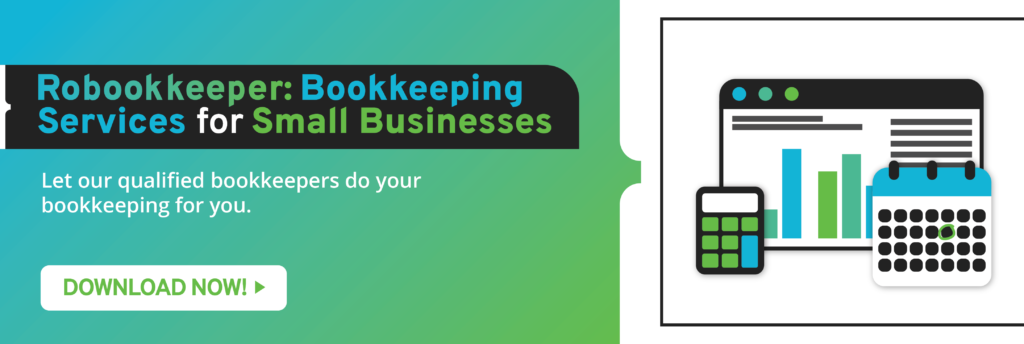The way you manage your business’ cash flow has a positive or negative effect on your resources, profitability, and growth potential. If you mismanage your cash flow, your company won’t have enough resources to develop new products or improve customer service, will be unable to leverage opportunities, and limit your chances of attracting talent. One of the ways to improve cash flow management is through forecasting.
Cash Flow Forecasting Defined
Your company’s cash flow statement provides you with a recap of the amount of cash going in and out of your business. Forecasting projects the cash flow of your business within a certain timeframe. This period can be the following month or several months based on the current financial data you have. Forecasts are not 100% guaranteed but they provide you with insights into how much cash your business may need to remain profitable or overcome challenges it encounters.
What are the different methods of cash flow forecasting?
Many companies that create a cash flow forecast use two methods, which are direct and indirect. Factors that businesses consider when it comes to choosing a method include:
- Volume of transactions
- Financial resources available
- Other financial forecasts at their disposal
- Period used for forecasting
What is direct forecasting?
This forecasting cash flow management approach is a bottom-up accumulation of transactions your business expects to make. Direct forecasting is a possibly tedious method because of the need to gather as much financial data as possible. However, this approach provides you with the best accuracy whenever you make forecasts for short-term cash flow.
These are some of the things to consider whenever you implement direct cash flow forecasting:
- Establish a timeframe which you’ll use for the forecast. This can be 30, 60, 90 days or longer depending on your needs.
- Create short forecast periods like daily, weekly, or monthly. Select a period that suits your business operations. Creating a shorter period allows you to generate a precise cash flow forecast.
- Determine cash inflows you expect to receive like sales, sales of assets, loans, interest, and others.
- Layout possible cash payments from the cash outflows you identified in each of the timeframes you determined. Then you base these on when you expect to release them.
- Determine the cash outflows you expect. This includes payments for expenses related to operations like taxes, loans, inventory, payroll, and others.
- Calculate the difference between the outflows from the inflows in each period. Doing so enables you to determine the net cash flow for each period you want to forecast. This practice allows you to identify expected cash your business generates or when it may fall short of your target.
- Each period’s total net cash flows reveal the negative or positive cash flow for the period you want to forecast. You add this amount to the opening cash balance at the start of the period. This leads you to the approximate closing cash balance.
Direct forecasting is part of an effective cash flow management strategy. Implement it properly by concentrating on the cash you collect. Don’t rely on accrual accounting because it records expenses and revenue that you earn compared to when you receive a payment. When you make assumptions, you should have a clear understanding of the time it takes customers to fulfill payments. Include the percentage of customers that fail to pay.
What is indirect forecasting?
Companies both big and small use the indirect approach for external and formal forecasting. This process provides an overview of expected cash flow and allows you to formulate a long-term cash flow strategy. This method uses previous financial statements whenever you make a historical statement of cash flows. One of the differences with this approach is it uses forecasted financial statements.
Here are some ways you can use the indirect method when creating a cash flow forecast:
- Make a forecasted income statement. This should be in the same timeframe as your forecast. You should also create a projected balance sheet with its end date the same as your forecast timeframe.
- Determine the net loss or income your business generates within the timeframe on the income statement forecast.
- Compute the change in AR (accounts receivable) on the balance sheet at the start of the forecast timeframe in contrast with the end of the period’s projected balance. Deduct an increase in your accounts receivable from the net income. You should do this because it shows revenue that was part of the projected income statement but isn’t cash yet. On the other hand, add any decrease in accounts receivable because it shows cash you were able to collect.
- Calculate the changes incurred in your AP (accounts payable) on the balance sheet at the start of the forecast timeframe in contrast with the end of the period’s projected balance sheet. If there’s an increase in accounts payable, make sure to add it back because it reveals expenses that were part of the projected income statement but have yet to be paid. On the other hand, subtract decreases in your accounts payable because this shows the cash you already paid.
The abovementioned ways allow you to use the indirect cash flow forecast method effectively. This approach allows you to make cash projections. Doing so enables you to implement effective cash flow management strategies. Managing your cash flow opens growth opportunities for your growing business. You’ll have enough resources to take calculated risks such as developing new products or services or investing in a new branch you’d like to open. You will also be able to pay your dues on time and invest in the skills of your employees.
If you need assistance with updating your accounting books, we at Robookkeeper can provide your company with outsourced bookkeeping services. We have a team of experienced virtual bookkeepers that have skills in all sorts of bookkeeping tasks. They can update your books, do payroll, reconcile accounts, and other services you may need. We can also assist you in setting up a cloud-based accounting and bookkeeping system. This technology simplifies bookkeeping and accounting tasks. Contact us to learn more about what we offer and a possible customized package of services.



